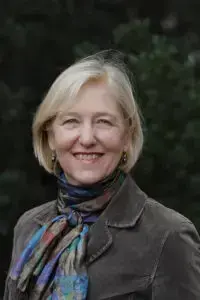
Liz Clarke
Last week, I was in Dubbo to attend a workshop and meet with the project partners in the Rangelands Living Skin Project (funded by Meat and Livestock Australia – MLA). This is a ground-breaking project, and Soils for Life is very excited to be a partner.
Through this project, the partners aim to identify practical, cost-effective practices to regenerate NSW rangelands to support production into the future. This means greater reliability from year to year, improved pasture health, improved groundcover, more feed for livestock and recovery of plants after dry conditions. The Rangelands generally comprise approximately 75% of Australia’s landmass, and in NSW, occupy more than 30 million hectares (nearly half the area of the State). Soil and landscape regeneration is crucial for the ongoing viability of rural and regional communities in these areas, as well as restoring ecosystem function, and mitigating and adapting to climate change (including carbon capture and storage).
The Rangelands Living Skin Project is the result of the hard work and co-design of all the partners over the last two years including producers, researchers, educators and extension specialists and carbon project managers. In particular, tireless efforts of Suz Orgill (NSW DPI), Mitch Plumbe (MLA), and the 4 core producers – Graham and Cathy Finlayson, Tony and Meredith Thompson, Andrew and Sarah Mosely and Gus and Kelly Whyte.
I congratulate them all for their insight and drive to make this project a reality. While many agricultural projects claim to involve primary producers, very few manage to include primary producers as equal partners in the design and implementation of a project, or to achieve such a deep level of partnership, ownership and true collaboration.
The four core producers have been involved in project initiation, design and development from the beginning, and I am excited about the opportunity this presents to demonstrate a better form of collaboration between research and the on-ground practitioners (the producers). The challenges we face need collaborative approaches like this, because research, policy and practice are only effective if genuinely informed by each other.
Our newsletter this week focuses on the Rangelands Living Skin project, with interviews with Mitch Plumbe from MLA, Suz Orgill from DPI and one of the core producer families, Graham and Cathy Finlayson, with interviews with the other three producers to come in future newsletters. I encourage you to take advantage of the opportunities to get involved in the project outlined below, and keep in touch for updates as the project develops.
Liz Clarke





